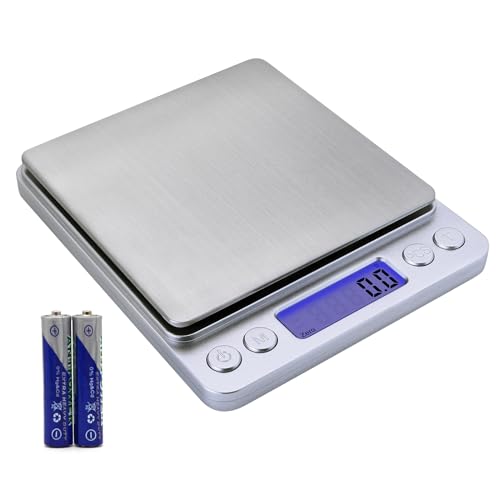AnnaMarie
Well-Known Member
So Super DeeAnna, I'm not a scientist (my degree is in History  ), so I'm going to ask you if perchance the excess water in this recipe provides a medium to help the extra lye evaporate? I'm still waiting to test the ph of my older batches, but I was thinking about their apparent mildness and wondering....
), so I'm going to ask you if perchance the excess water in this recipe provides a medium to help the extra lye evaporate? I'm still waiting to test the ph of my older batches, but I was thinking about their apparent mildness and wondering....
Cheers!
Anna Marie
Cheers!
Anna Marie




































